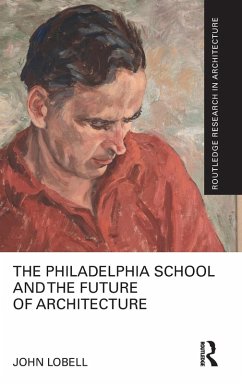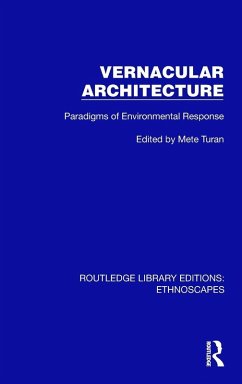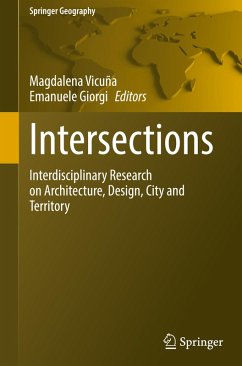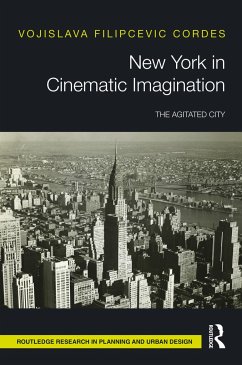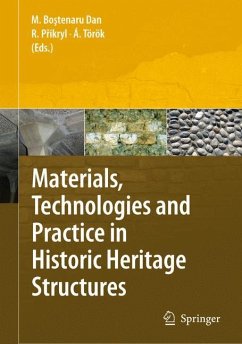Nicht lieferbar
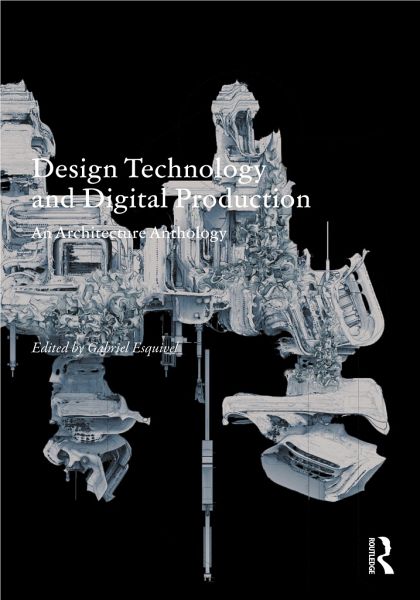
Design Technology and Digital Production
An Architecture Anthology
Herausgeber: Esquivel, Gabriel
Versandkostenfrei!
Nicht lieferbar
This book is a rigorous account of architecture's theoretical and technological concerns over the last decade. The anthology presents projects and essays produced at the end of the first digital turn and the start of the second digital turn, engaging a variety of discourses, topics, criteria, pedagogies, and technologies.




